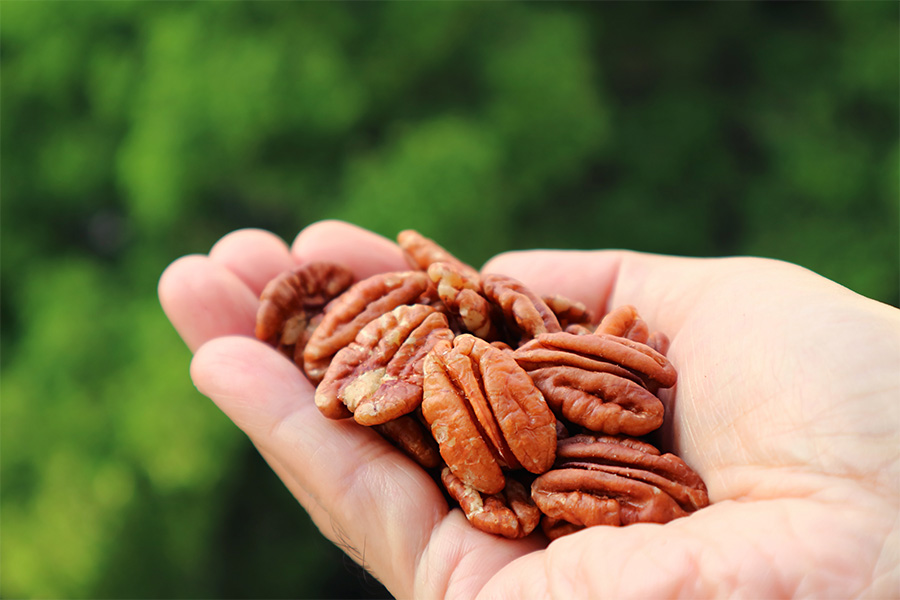Horticulture
-

This publication is a report of 2012-2014 onion research variety trials and Extension activity at the University of Georgia College of Agricultural and Environmental Sciences.
Timothy Coolong
|
-

The southeastern peach industry is known for the high quality of its fresh peaches. As a new peach season approaches, it is time to ready the packinghouse for output of the best peach product.
Dario Chavez
|
-

The most fundamental step in pecan production is the selection of varieties or cultivars to be planted in the orchard. Planting the wrong pecan variety can be a costly mistake, resulting in considerable expense. This publication includes descriptions and photos of pecan varieties suitable for planting in Georgia orchards.
Lenny Wells and Patrick J. Conner
|
-

C 867-8
Weed Control in Iris
With their beautiful flowers, irises are coveted as one of the finest herbaceous perennials. Unfortunately, like most garden plants, weed control in irises can be difficult. Established perennial broadleaf weeds can be extremely difficult to control, requiring special removal techniques. Fortunately, many annual broadleaf and grassy weeds can be easily controlled with mulches and the judicious
use of herbicides.Mark Czarnota
|
-

Many farmers and gardeners use natural minerals and organic fertilizers rather than synthetic ones to build their soil. If you use organic materials as all or part of your fertilization program, this publication will help you calculate the proper amount to use from the recommendations provided by a soil test.
Walter F. Reeves, Julia W. Gaskin, David E. Kissel Ph.D, George E. Boyhan, Wayne J. McLaurin, and Glendon H. Harris
|
-

B 1031
Shade and Street Tree Care
With proper care, trees can be valuable commodities around our homes, communities and urban landscapes. Providing care requires understanding tree biology, or how and why trees function. Trees constantly interact with the environment, including changes in soil, light, temperature, moisture, competitors and pests. Humans can produce additional stress by altering environments, but with proper care and maintenance trees can survive and thrive in your landscape.
Kim D. Coder and Timothy Daly
|
-

C 867-2
Controlling Greenbrier
Greenbrier (Smilax spp.) is a difficult vine to control in the landscape. Also known as Catbrier, Cat Sawbrier and Sarsaparilla vine, once this climbing vine develops an extensive underground rhizome tuber system, it is difficult to control. This publication describes successful control methods.
Mark Czarnota
|
-

This publication contains a report of research trials done on vegetable crops in Georgia in 2013.
Ronald D. Gitaitis, David B. Langston, Julia W. Gaskin, Juan Carlos Diaz-Perez, David G Riley, Floyd Hunt Sanders, George E. Boyhan, Elizabeth L. Little, Esendugue Greg Fonsah, Alton N Sparks, Cliff M Riner, Michael James Foster, Ryan McNeill, Timothy Coolong, Shavannor M. Smith, Rajagopalbabu (Babu) Srinivasan, Justin David Lanier, Eddie Beasley, C Ed Troxell, Stanley K. Diffie, Suzzanne Tate, and Pingsheng Ji
|
-

This publication is a report of 2011-2012 onion research variety trials and Extension activity at the University of Georgia College of Agricultural and Environmental Sciences.
Ronald D. Gitaitis, Reid Larry Torrance, Cliff M Riner, Daniel D MacLean, Jason D. Edenfield, Michael A. Dollar, Anthony G. Bateman, Denny R. Thigpen, and C. Randy Hill
|